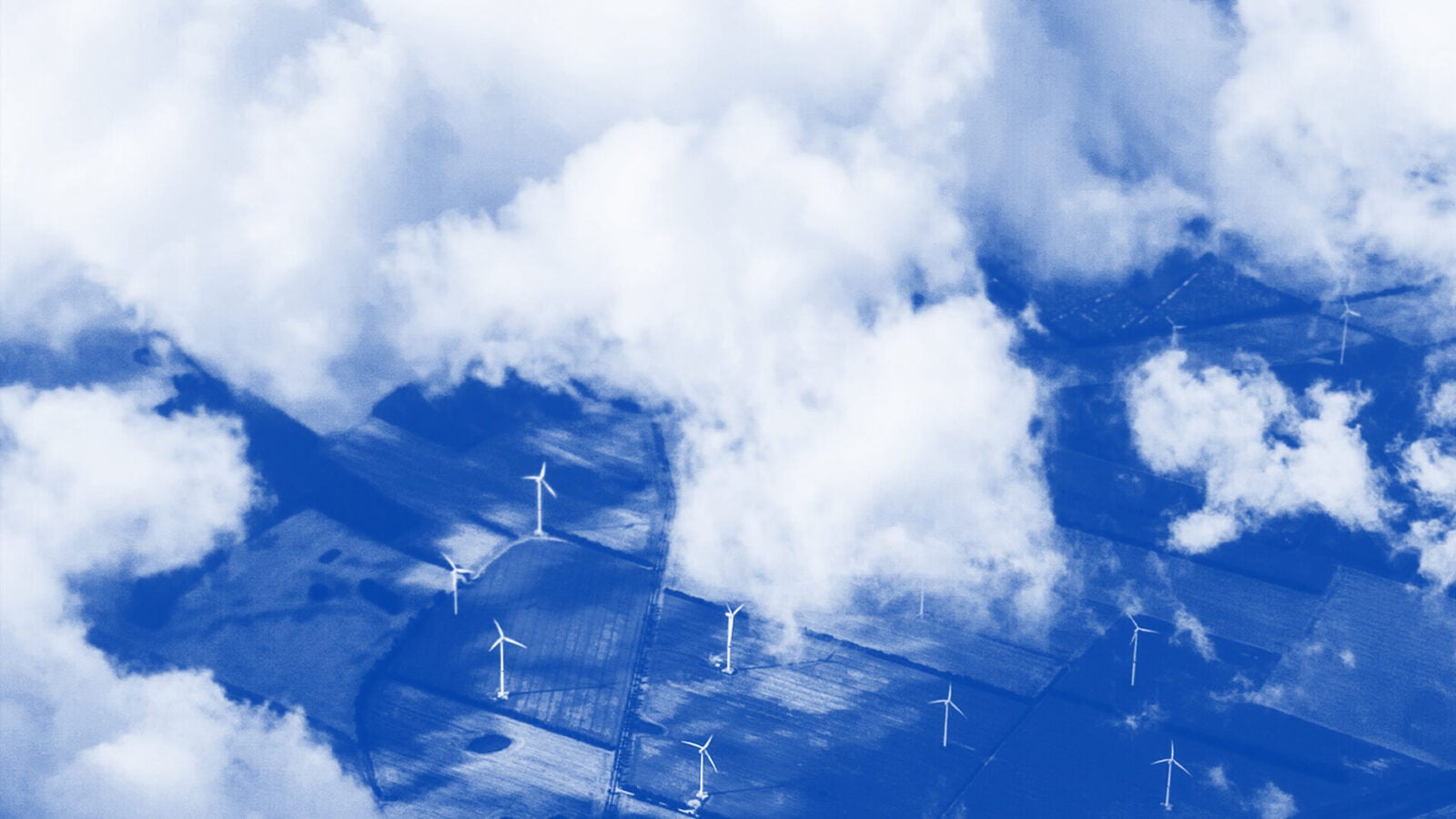
Public Transit Needs Public Support: Why SEPTA Matters
Public transportation may not be the most attention-grabbing topic in discussions about sustainability and climate action, but it plays a crucial role in reducing emissions, improving mobility, and supporting economic growth. As SEPTA works to modernize its services and recover ridership, sustained policy support and investment are essential.
The Southeastern Pennsylvania Transportation Authority, or SEPTA, serves the Philadelphia area and is one of the largest transit systems in the country, connecting residents to jobs, education, and essential services. However, SEPTA’s budget is under strain, making it harder to address its service challenges and improve the decades-old transportation system.
In early 2024, Governor Josh Shapiro proposed increasing public transit funding, with SEPTA expected to receive $161 million. Instead, Pennsylvania lawmakers issued just $51 million. Despite this shortfall, SEPTA continues to invest in upgrades and safety measures while managing a $240 million annual deficit. Substantial funding is still needed to maintain and improve the service.
In recent years, SEPTA has made several notable improvements. It updated its route labeling system, introduced new Regional Rail schedules, and is modernizing its trolley fleet to improve accessibility and reliability. In late 2023, SEPTA launched contactless payment across its buses, trolleys, and subways, eliminating the need for riders to purchase a physical SEPTA Key card in advance. To reduce fare evasion, which reportedly leads to annual losses of $30 million in revenue, SEPTA is installing full-length fare gates at metro stations. In response to a Federal Transit Administration directive on safety, SEPTA has also increased investment in its Transit Police force, added operator security measures, and expanded staffing.
Transportation accounts for roughly 22% of Philadelphia’s carbon footprint. According to the city’s 2019 Greenhouse Gas Inventory, only 0.1% of Scope 1 transportation emissions came from railways, including both Amtrak and SEPTA. Despite this small emissions share, public transit serves about a quarter of Philadelphia commuters, demonstrating its environmental advantage. Unlike emissions from personal vehicles, which rise and fall with traffic volumes, SEPTA’s emissions remain relatively stable regardless of ridership levels. Furthermore, on-road vehicles also emit pollutants such as particulate matter (PM), nitrogen oxides (NOₓ), volatile organic compounds (VOCs), carbon monoxide (CO), and sulfur dioxide (SO₂), which contribute to poor air quality and negatively affect public health.
SEPTA has achieved 75% ridership recovery compared to pre-pandemic levels, but remote and hybrid work may limit full recovery. However, recently, many employers—including the City of Philadelphia—are calling employees back to the office. As of January 2025, Philadelphia metro office occupancy reached 44% of pre-pandemic levels. This presents an opportunity to encourage more commuters to shift from driving to public transit.

Efforts to support public transit extend beyond SEPTA. At the University of Pennsylvania, eligible employees receive a 50% discount on SEPTA passes, and 44.6% of employees commute via public transit, compared to 24% of workers in Philadelphia County overall. The City of Philadelphia is also piloting a Zero Fare program to reduce transportation costs for residents near or below the poverty level. Expanding these initiatives could boost ridership and encourage more people to choose transit over driving.
In April, SEPTA released a budget proposal that includes a 45% cut in services and an average 21.5% fare increase. SEPTA can help Philadelphia meet its sustainability and equity goals, but continued investment in the service is essential. The Penn’s Commuter Survey identified convenience, compatibility, and safety as areas that require further attention. Without adequate funding and support, attracting and retaining riders will remain a challenge.
Sara Takenaka
Undergraduate Seminar FellowSara Takenaka is an undergraduate student studying chemical and biomolecular engineering with a minor in sustainability and environmental management. Takenaka is also a 2025 Undergraduate Student Fellow.

